
Colour psychology refers to the study of how colours affect human behaviour and emotions. Why do individuals feel more relaxed in green rooms and why do weightlifters perform their best in blue gyms? These questions have been explored by researchers for many years. The meanings of different colours may vary across cultures, and even in Western societies, the significance of colours has evolved over time. Nonetheless, researchers have generally found certain colour associations to hold true.
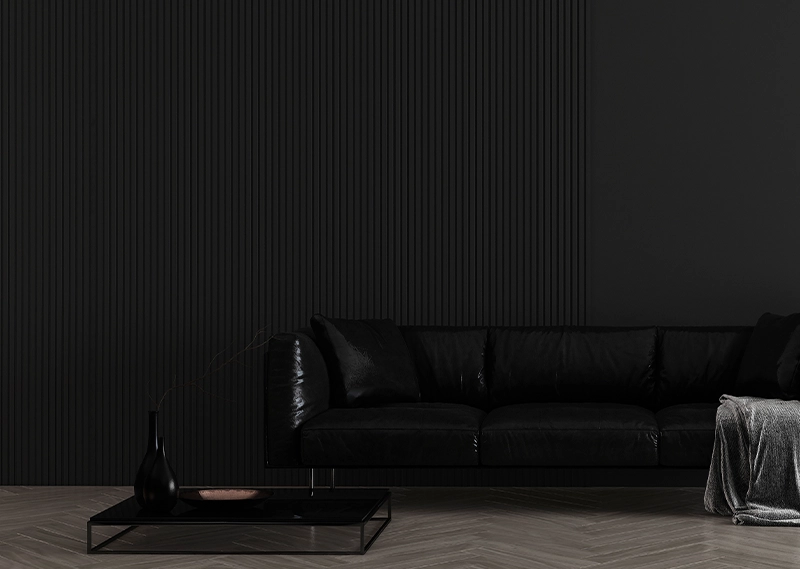
The colour black is associated with authority and power, and is a popular choice in fashion due to its slimming effect and timeless appeal. However, black can also imply submission, as evidenced by its use in religious garments worn by priests to symbolize submission to God. Some fashion experts suggest that a woman wearing black may be perceived as submissive to men. Moreover, black outfits may dominate and create a sense of distance or malevolence. Thus, it is rarely used in interior or exterior design.
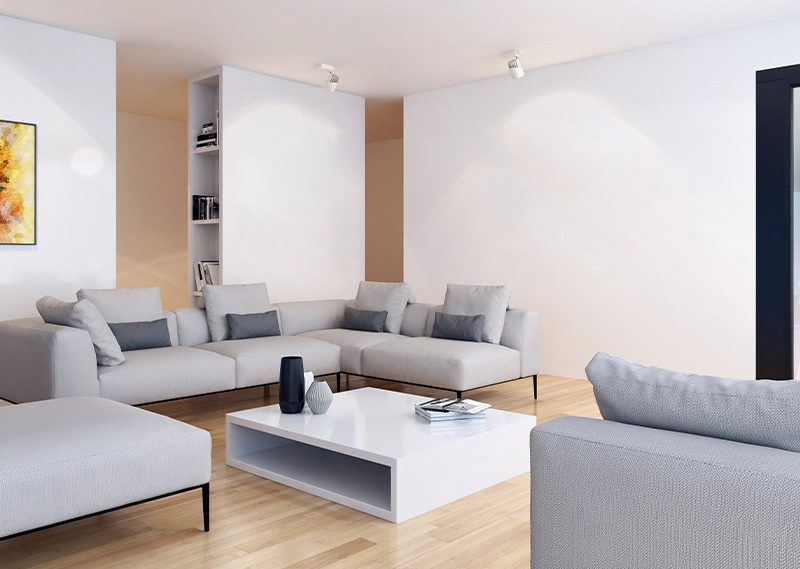
In various cultures, white is associated with different symbolic meanings. Brides wear white to signify their purity and innocence, while doctors and nurses wear white to convey sterility. White is also a popular summer colour as it reflects light. Its neutrality and versatility make it a popular choice in both fashion and interior decorating. However, white requires more maintenance than other colours as it easily shows dirt and stains.
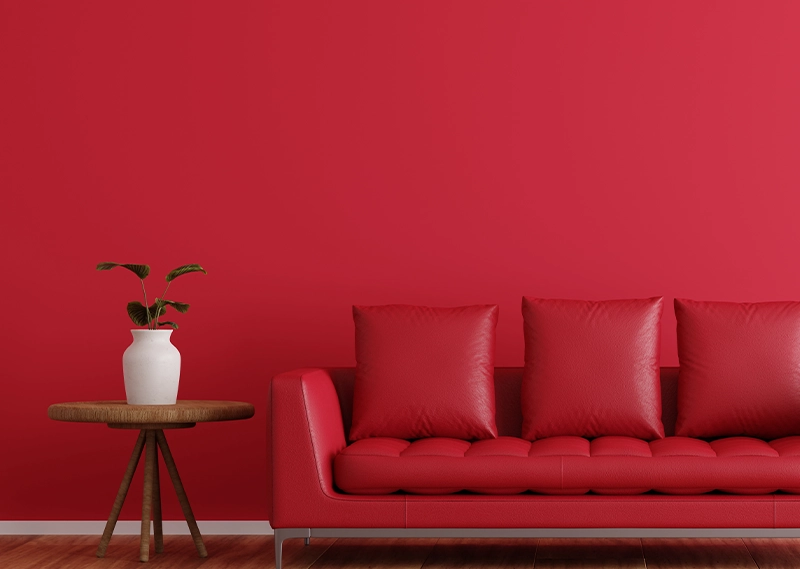
In the realm of colour psychology, red is considered the most emotionally intense colour. It has the power to stimulate a faster heartbeat and breathing rate. Furthermore, it is commonly associated with love and passion. However, it is important to note that wearing red clothing can make the wearer appear heavier, and using it excessively in negotiations or confrontations may not yield favourable results due to its extreme nature. Additionally, red cars are often targeted by thieves. In interior decorating, red is typically used as an accent colour. Designers advise that any red furniture pieces should be of the highest quality, as they are sure to attract attention.

Pink, known as the most romantic colour, has a calming effect. Interestingly, some sports teams paint the locker rooms of opposing teams a bright shade of pink with the intention of sapping their opponents’ energy.
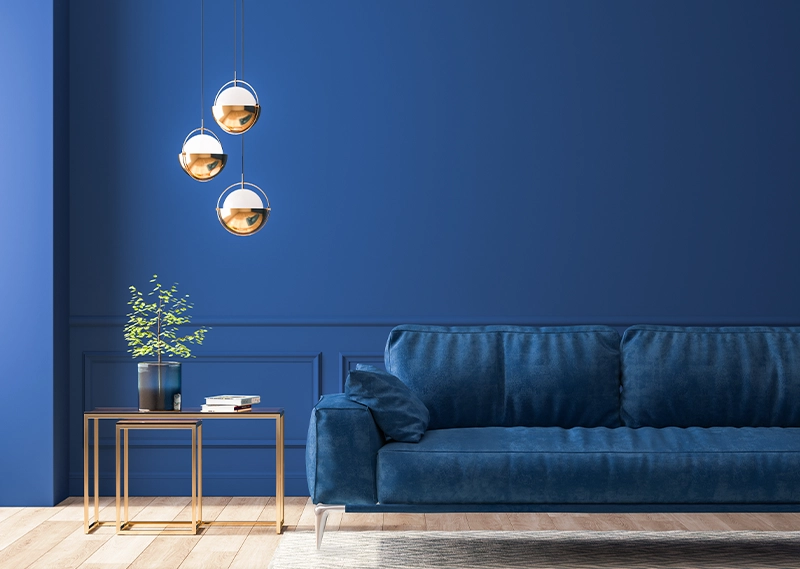
Blue, the colour of the sky and the ocean, is a highly favoured hue, evoking a sense of serenity and calmness that is opposite to the stimulating effects of red. It stimulates the production of calming chemicals in the body, making it a preferred colour for bedrooms. In the world of fashion, blue signifies loyalty, making it a recommended choice for job interviews. Moreover, studies indicate that people tend to be more productive in blue environments, with weightlifters demonstrating greater strength in blue-hued gyms.

Green, a colour that evokes nature, has become the preferred choice for interior decorating. As the easiest colour for the eye to process, it even aids in improving vision. This calming and refreshing hue is commonly used in the entertainment industry, where guests sit in “green rooms” to relax before going on air. Hospitals also utilize green in their facilities as it has a soothing effect on patients. Interestingly, brides in the Middle Ages wore green to represent fertility. When it comes to fashion, dark green conveys a sense of masculinity, conservatism, and wealth.
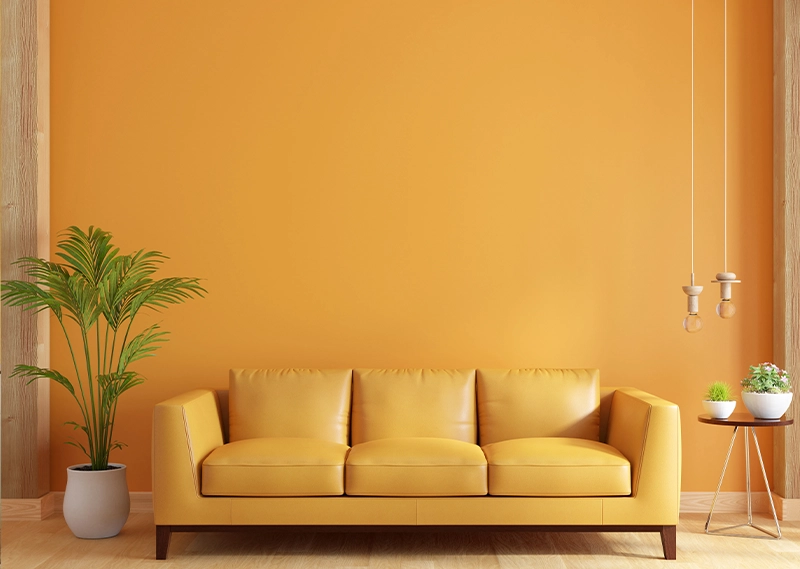
Yellow is a colour that radiates warmth and happiness, waking up the room like the rising sun. It conveys hope and positivity, and bright shades of yellow can create a sense of excitement and energy. Yellow also has the ability to lighten and brighten any space, providing a cozy and welcoming ambiance. From vibrant sunflower yellow to subtle buttery hues, yellow is a popular choice for children’s and family rooms.
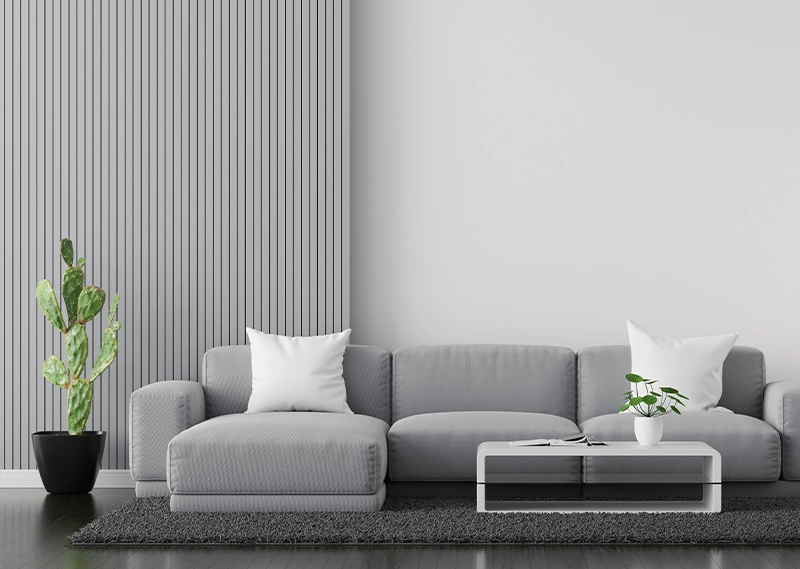
Grey is a cool and refined colour that exudes a sense of formality and sophistication. It is often employed in settings that require a dignified and polished ambiance, such as formal workspaces and offices. Light grey is a particularly suitable choice in these environments, as it imbues the space with a sense of understated elegance.
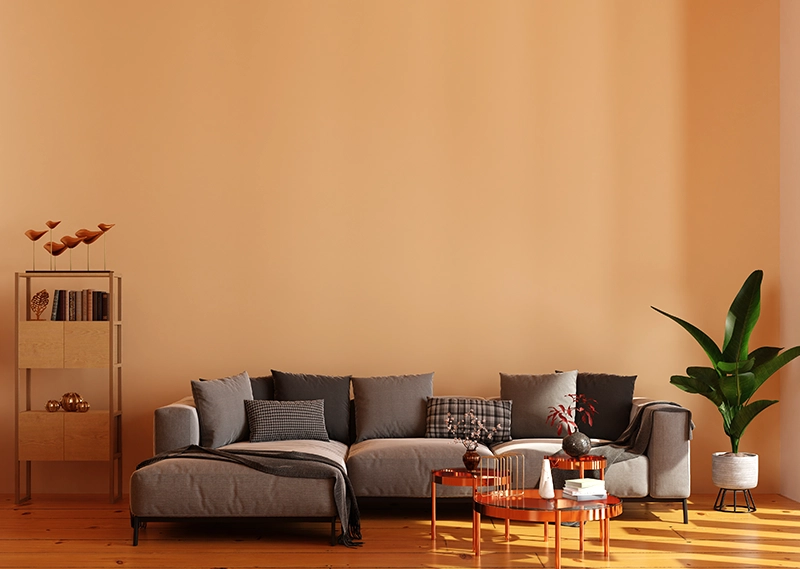
Brown is a colour that exudes a natural charm, reminiscent of the earth, wood, and stone. With its nourishing energy and rich, earthy tones, it is a popular choice that evokes thoughts of delectable chocolate, gourmet coffee, and exquisite woodwork. When paired with crisp white, warm camels, golden yellows, fern greens, or barn reds, it creates a warm and inviting living space. On the other hand, light browns provide a cool and relaxed ambiance, perfect for unwinding after a long day. Brown is a versatile colour that can add depth and richness to any interior design scheme.
For those seeking to infuse their living spaces with emotional wellness through the use of colour, experts recommend taking into account the intended purpose of each room. Selecting a dominant colour is the next step. While not scientifically proven, colour consultants suggest that certain hues can be particularly effective in promoting specific activities. The following is a room-by-room analysis of the colours that are thought to work best in creating the desired mood in the most significant rooms of your home.
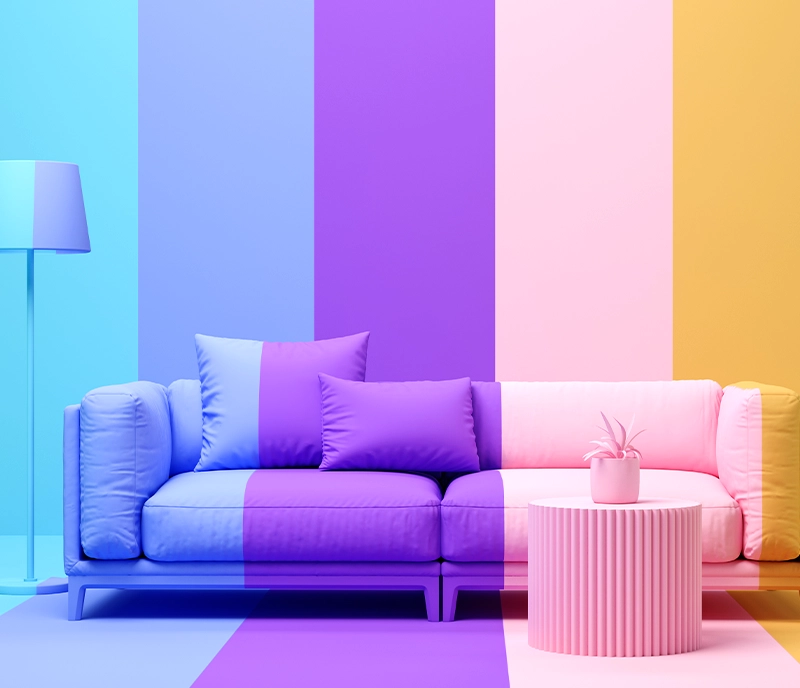
In the living room and foyer, warm hues such as reds, yellows, oranges, and earth tones like brown and beige are often favoured as they promote conversation. These colours create an atmosphere that inspires people to gather, sit and engage in meaningful discussion, evoking a sense of warmth and connection.
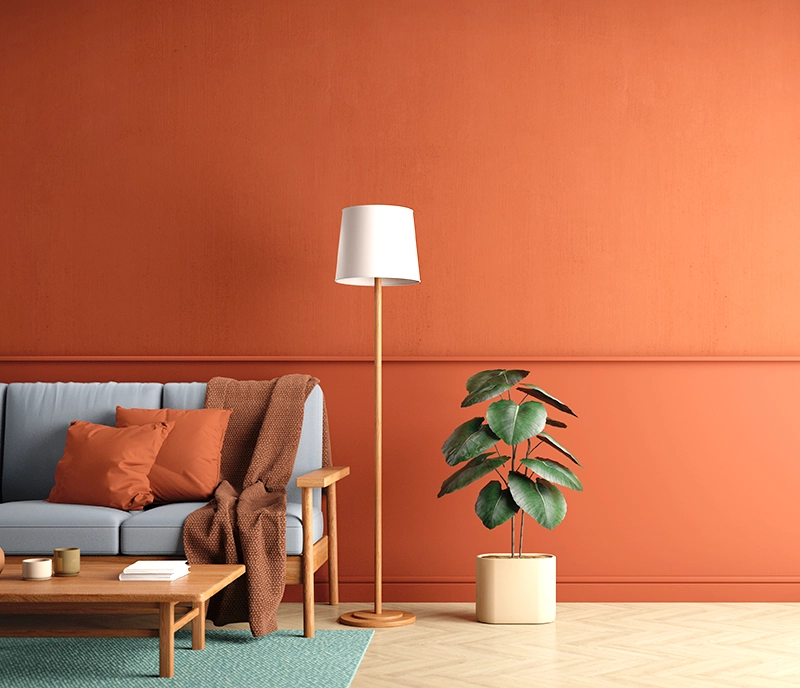
According to colour consultants, recreating the colour scheme from your childhood kitchen in your current kitchen may evoke fond memories. For instance, if you have cherished memories of a blue-and-white kitchen, incorporating these colours may be ideal for you and your family. If you don’t have a specific colour scheme in mind, warm colours like reds and yellows are often recommended for the kitchen, living room, and foyer as they promote conversation and create a welcoming atmosphere. However, individuals who are conscious of their weight should be cautious about using the colour red in the kitchen, as it may subconsciously stimulate appetite.
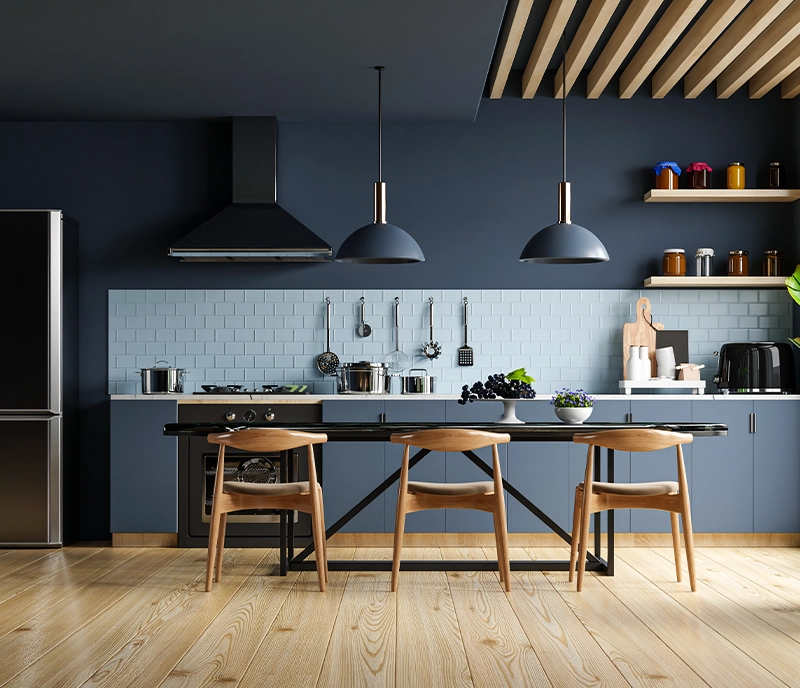
In a formal dining room, red decor can be an excellent choice due to its stimulating nature. Red not only encourages conversation but also arouses the appetite of your guests. Moreover, the colour red is often associated with passion, intensity, and confidence, which may lead people to assume that you are a skilled cook if your dining room is adorned in this colour.
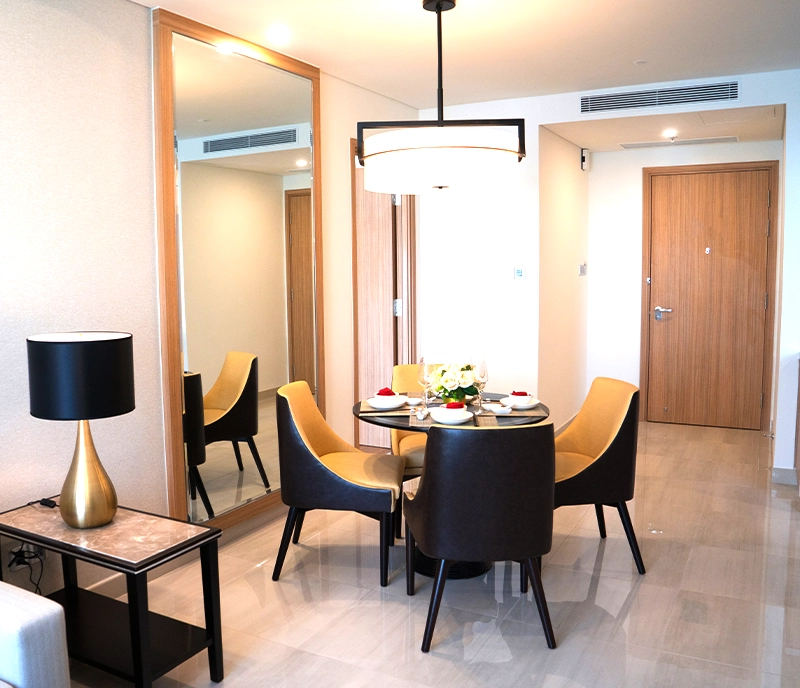
The bedroom is a sanctuary that serves as a place to unwind and foster intimacy with your significant other. When choosing colours for this space, cool shades such as blues, greens, and lavenders are often recommended due to their calming properties. Darker shades of these colours are believed to have a more profound effect. Conversely, warm colours such as reds are known to raise blood pressure and heart rate, increasing activity levels. In contrast, blue is perceived as calming, which makes it an excellent option for the bedroom. However, if your teenager wants to have a say in the colour scheme of their bedroom, it’s essential to consider their preferences while maintaining a harmonious family environment.
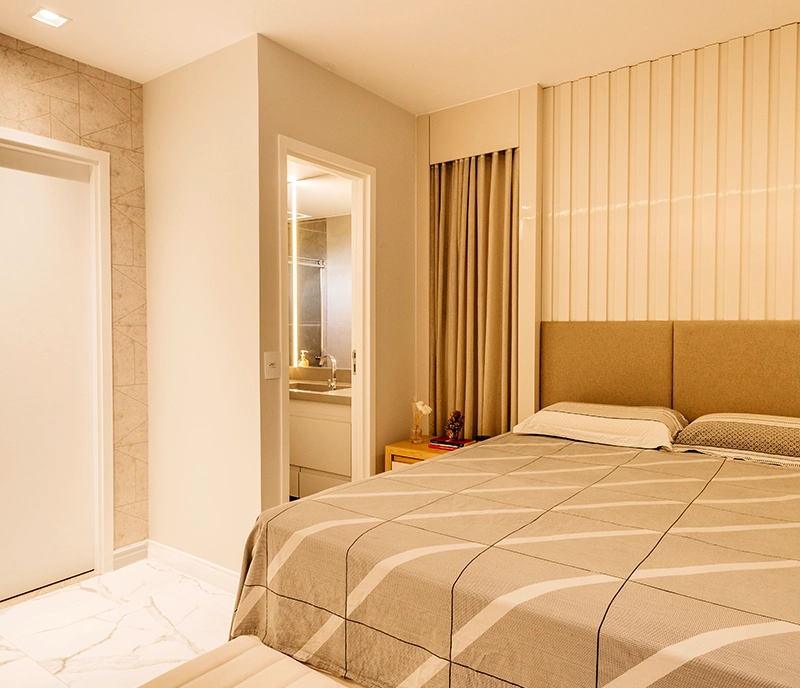
In contemporary times, the bathroom is not merely a place for hygiene but also a sanctuary for relaxation and revitalization. While whites and warm colours have traditionally been favoured for their association with cleanliness and purity, blues, greens, and turquoises have gained popularity for their ability to convey a sense of freshness, serenity, and tranquillity, thus offering a serene and revitalizing experience.
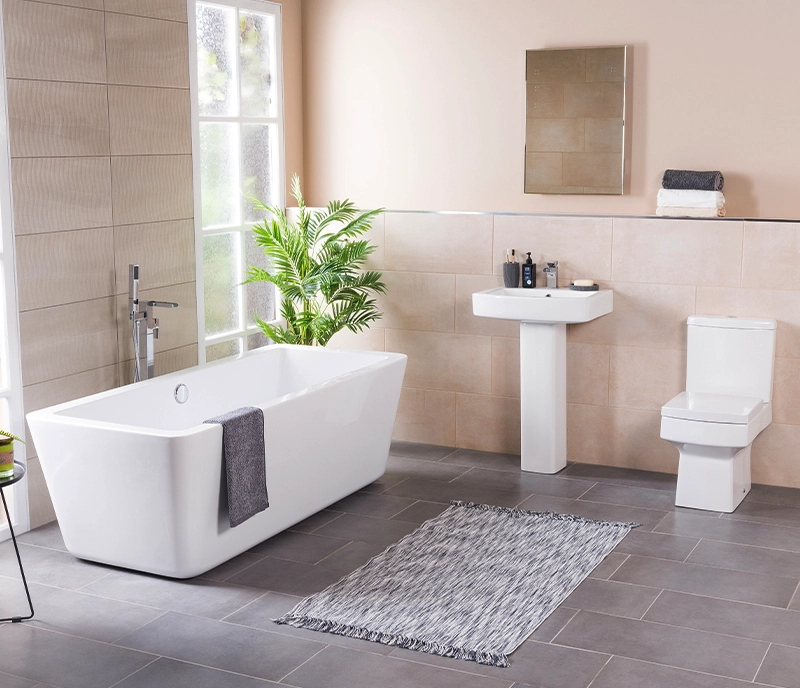
When it comes to creating a space that promotes movement, the use of reds and oranges can be effective. However, it’s important to note that these colours can also induce a sense of heat, which may not always be desirable. To avoid this, blues and greens can be better suited to the task. In particular, yellow-greens and blue-greens are considered to be excellent choices as they convey a sense of happiness and positivity according to colour psychology.
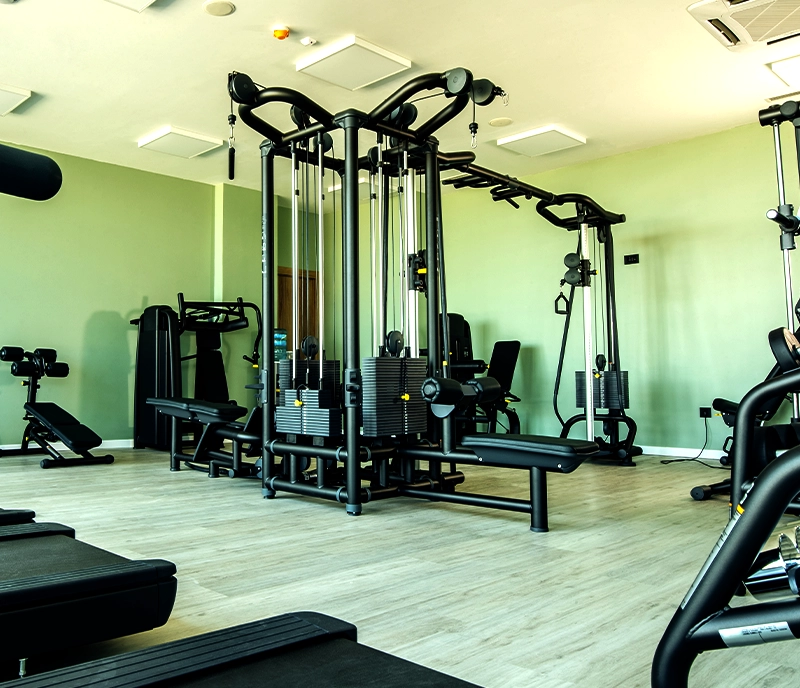
In a home office, productivity is key, as it allows you to complete work efficiently and enjoy more quality time with loved ones. According to colour consultants, green is an excellent colour choice for this purpose. As the colour of concentration, green is believed to be one of the most suitable hues to be surrounded by for extended periods of time.
